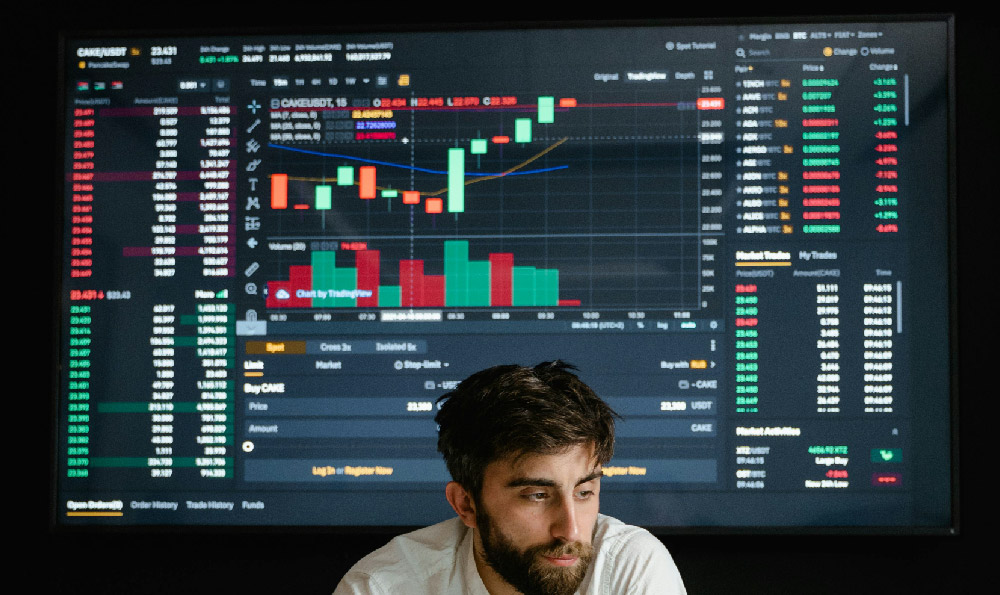Let's delve into the financial world of Roblox, examining its revenue generation and overall profitability. Understanding these aspects is crucial for anyone considering investing in the platform or simply interested in the economics of the metaverse.
Roblox's revenue model is multifaceted, primarily driven by the sale of Robux, the in-game currency. Players purchase Robux with real money, and then use it within the Roblox ecosystem to buy virtual items, access games, and support developers. This centralized currency system creates a closed-loop economy where Roblox controls the flow of funds. A significant portion of Robux spent goes back to developers through various mechanisms, including developer exchange programs and payouts for popular experiences. This incentivizes content creation and keeps the platform vibrant and engaging. Another revenue stream comes from premium subscriptions, offering members additional Robux, access to exclusive features, and a percentage bonus on Robux purchases. These subscriptions provide a recurring revenue stream, bolstering Roblox's financial stability.
Analyzing Roblox's revenue generation reveals a consistent upward trend. The company has reported substantial year-over-year revenue growth, fueled by its expanding user base and the increasing engagement of its existing players. This growth is attributable to several factors. The platform's accessible creation tools empower a vast community of developers to produce diverse and compelling content, constantly attracting new users and retaining existing ones. Furthermore, Roblox's cross-platform availability (available on PC, mobile devices, and consoles) makes it easily accessible to a broad audience. Strategic partnerships with brands and celebrities also contribute to revenue, bringing new experiences and users to the platform. In-game advertising, while subtle, also plays a part in generating revenue, carefully integrated to avoid disrupting the user experience. The company also benefits from network effects: the more people join Roblox, the more valuable it becomes to each individual user, attracting even more people. This creates a positive feedback loop that drives growth.

The question of profitability is more complex. While Roblox generates significant revenue, it also incurs substantial costs. Developer exchange fees, infrastructure maintenance, content moderation, research and development, and marketing expenses all contribute to the company's cost structure. Developer exchange fees, in particular, constitute a significant portion of Roblox's expenses, as the company shares a considerable percentage of Robux revenue with its creator community. This is a necessary expense, however, as it sustains the platform's thriving ecosystem and ensures a constant stream of new content. Infrastructure costs are also substantial, given the massive scale of the Roblox platform, which hosts millions of concurrent users and countless experiences. Maintaining servers, providing network bandwidth, and ensuring a stable and reliable user experience requires significant investment. Content moderation is another costly but essential function. Roblox dedicates considerable resources to ensuring a safe and positive environment for its users, employing both human moderators and automated systems to detect and remove inappropriate content.
Despite these costs, Roblox has demonstrated the ability to achieve profitability, although the degree of profitability can fluctuate from quarter to quarter. The company's ability to generate substantial revenue and efficiently manage its expenses are crucial factors in achieving and maintaining profitability. Careful monitoring of key performance indicators (KPIs) such as average revenue per user (ARPU), user engagement metrics, and cost of acquiring new users is essential for optimizing financial performance. Furthermore, continued investment in technology and infrastructure is necessary to support future growth and maintain a competitive edge.
Looking ahead, several factors could influence Roblox's future profitability. Continued expansion into new markets, particularly in international regions, presents significant growth opportunities. Enhancements to the platform's technology and capabilities, such as improved graphics and physics engines, could attract new users and increase engagement. Exploring new revenue streams, such as virtual advertising or blockchain-based virtual item ownership, could further diversify the company's income. However, Roblox also faces potential challenges. Increased competition from other metaverse platforms and gaming companies could erode its market share. Regulatory scrutiny regarding data privacy and user safety could lead to increased compliance costs. Fluctuations in the broader economic environment could impact consumer spending on virtual items and subscriptions.
In conclusion, Roblox generates substantial revenue through a combination of Robux sales, premium subscriptions, and other revenue streams. While the company incurs significant costs, it has demonstrated the ability to achieve profitability. Roblox's long-term financial success hinges on its ability to continue expanding its user base, innovating its platform, managing its expenses effectively, and adapting to the evolving landscape of the metaverse. Its continued commitment to empowering creators and fostering a vibrant community will be vital to maintaining its position as a leading player in the online entertainment space. As with any investment, potential investors should carefully consider the risks and opportunities before making a decision.












